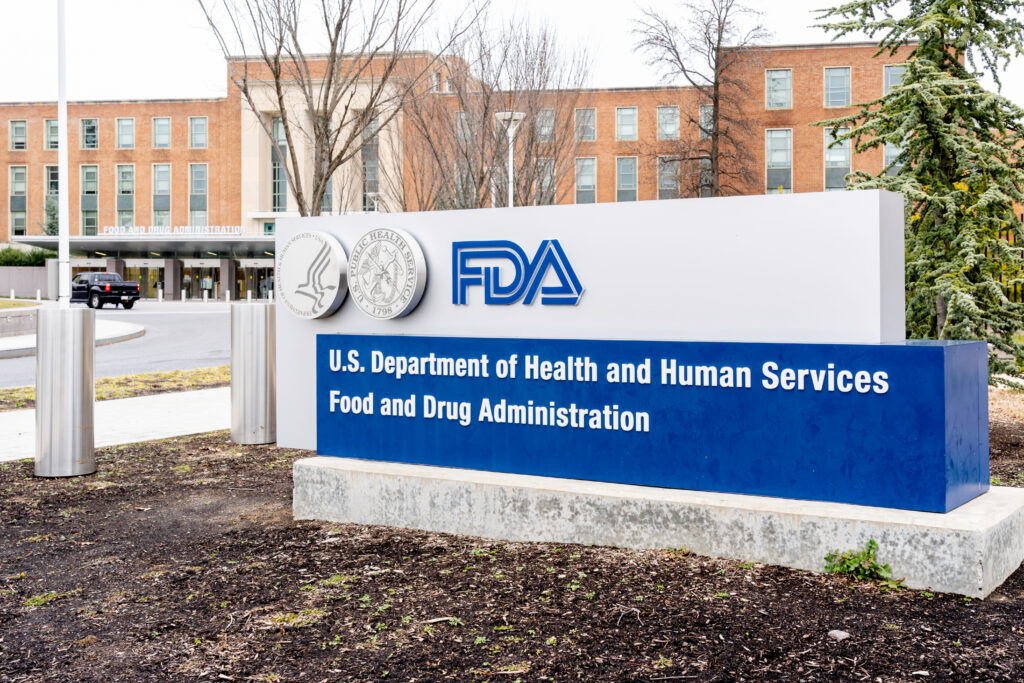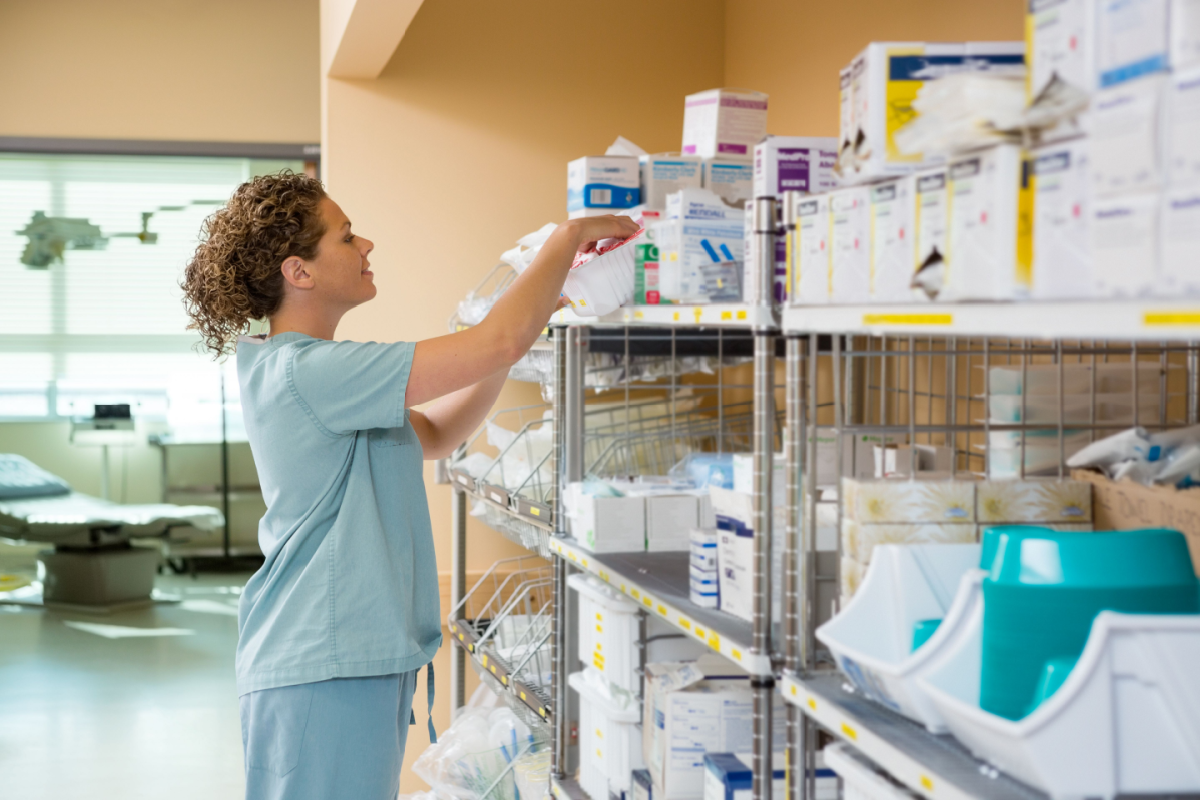After spending almost an entire day deliberating the safety of Vertex Pharmaceuticals’ and CRISPR Therapeutics’ CRISPR-based gene therapy exa-cel for sickle cell disease, a US Food and Drug Administration (FDA) advisory panel appears to be satisfied with what it saw.
The advisory panel was concentrated on looking at the potential off-target effects of the treatment. After discussing technical questions at length, including the best way to assess risks, the panel appeared to be convinced that the companies had shown the CRISPR therapy to be safe and that it provided clinical benefit.
The advisory panel meeting was held about a month ahead of the FDA’s approval target date of December 8 for the therapy. Vertex and CRISPR Therapeutics are also seeking approval for exa-cel in beta thalassemia, the decision for which is set for March 30, 2024.
CRISPR works as genetic scissors to edit parts of the genome. The CRISPR-Cas9 gene editing system was first discovered to be endogenous in bacteria. Given the system’s powerful ability to make cuts in genes in a precise manner, the system is being leveraged in gene therapies. CRISPR Therapeutics was co-founded by Emmanuelle Charpentier, who won the Nobel Prize in Chemistry in 2021 for co-discovering CRISPR-Cas9 along with Jennifer Doudna.
While Vertex and CRISPR Therapeutics’ gene therapy satisfied the FDA panel on the safety front, the panel made recommendations for further areas of study. This includes additional study of treated patients’ cells done to monitor edits over real-time. The advisory panel also said the databases Vertex used to predict off-target edit sites may not be representative of the sickle cell population. They also pointed out that the sample size of Vertex’s cellular analysis was small.
XTALKS WEBINAR: Cell and Gene Therapy Clinical Trials: How to Successfully Operationalize a Trial of Prolonged Duration
Live and On-Demand: Wednesday, November 29, 2023, at 10am EST (4pm CET/EU-Central)
Register for this free webinar to gain insights into the critical importance of logistics in the field of cell and gene therapies and the specialized requirements in handling for safety and viability.
Sickle cell disease is an inherited red blood cell disorder that can cause severe pain and organ damage.
The scientists on the advisory committee were particularly focused on the CRISPR gene editing technology itself and how companies like Vertex that are developing CRISPR-based therapies are ensuring their treatments are not making off-target gene edits. The panel did not have to vote on the risk-benefit profile of the treatment in the meeting.
Vertex and CRISPR Therapeutics used several methods to gauge exa-cel’s off-target concerns, including in silico computer algorithms and cellular-based tests involving sequencing of edited cells from donors to look at where off-target edits could have been made, and identify areas that may be more vulnerable to edits.
The companies used data from the 1,000 Genomes Project but from that, only 61 datasets made the cut to encompass the ideal patient population.
“I think what it comes down to was that there was a robust approach using multiple methods to try to identify these off-target [edits],” said Taby Ahsan, vice president of cell therapy operations at City of Hope and the FDA advisory committee’s chair at the meeting. “I think there’s opportunity to generate more data monitoring these patients moving forward.”
The day-long discussion, which is not typical for an advisory panel, also centered on how to set standards given the novelty of the technology for therapeutic purposes. They also wondered whether more pre-clinical data would even be useful as the ultimate test is how the treatment will fare in patients.
Ahsan said the panel agreed that Vertex’s analysis of off-target risks was reasonably detailed, but indicated further study could still be useful. “Then the question becomes, when have we done enough theoretical analysis to allow us to move forward?” she said.
“We want to be careful to not let the perfect be the enemy of the good,” said Scot Wolfe, a committee member and professor of molecular, cell and cancer biology at the University of Massachusetts Chan Medical School. “You want to do as good a job as you possibly can, but at some point, you have to try things in patients. I think in this case, there is a huge unmet need.”
Related: Intellia Gets FDA Clearance to Start First Ever Phase III Trial for an In Vivo CRISPR Drug
The advisors appeared convinced that exa-cel can offer significant benefits to people with sickle cell. The FDA scientists agreed that Vertex’s clinical trial results, made available in documents published last week, were “strongly positive.” Of the 30 individuals in the trial who had been followed for at least 16 months after receiving exa-cel, 29 did not have any sickle cell pain crises for at least one year after treatment. Additionally, study participants were able to remain out of the hospital and no longer needed red blood cell transfusions.
The FDA advisory panel also heard from more than half a dozen individuals who had received the therapy, which has helped relieve them of some of the disease’s worst symptoms.
“Gene therapy has given me the ability to take full control of my life,” said Jimi Olaghere, one of the first patients in Vertex’s exa-cel trial. “In a world where the deck was stacked against me, gene therapy has been a winning hand.”
In June, Vertex shared data from the ongoing long-term, Phase I/II/III open-label CLIMB-111 and CLIMB-121 trials in which 94.1 percent of patients achieved the primary endpoint of not having any vaso-occlusive crises (sickle cell pain crises) for at least 12 months and 88.9 percent of patients had transfusion independence 12 months after treatment with exa-cel.
Vertex plans to do a 15-year follow-up on two patients treated with the therapy in their ongoing Phase I/II/III study, as well as patients who will receive the commercial product.












Join or login to leave a comment
JOIN LOGIN